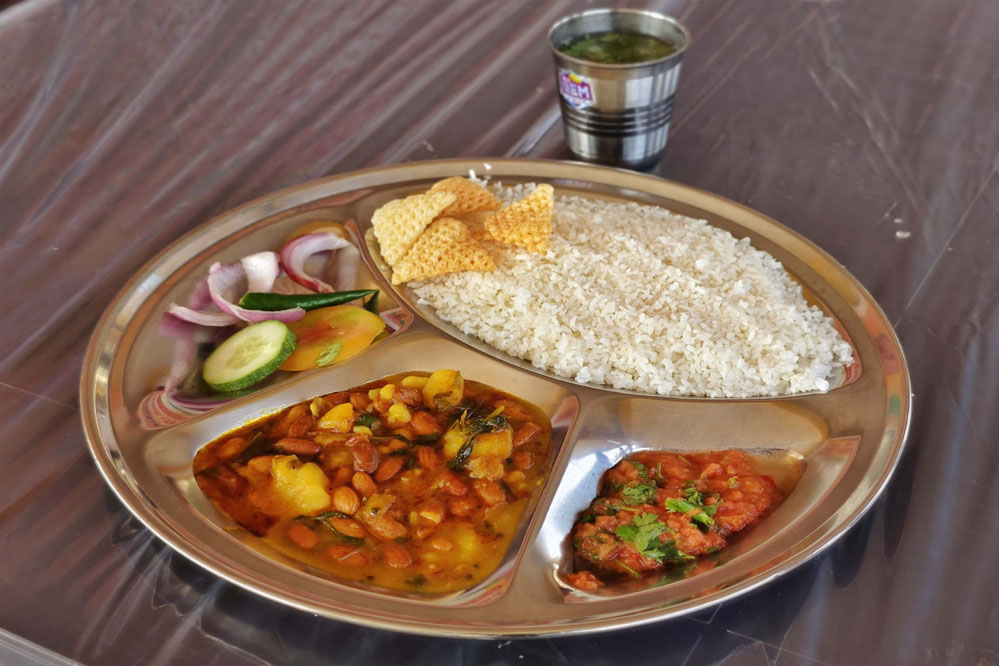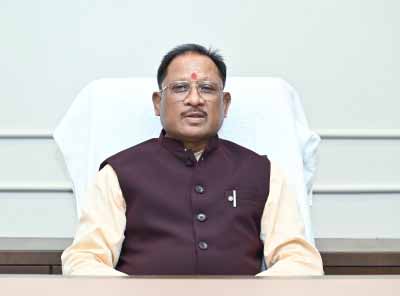Vande Bharat Trains | From ₹115 Cr/Train to ₹5.2 Lakh Cr by 2047 | 10 Points

Vande Bharat Trains: ₹115 Cr per Train • ₹130/km Energy Cost • 144 Services Running — A Financial Deep Dive
1. Origin & Conception
1.1 Conceived as Train-18 in 2017 at Integral Coach Factory (ICF), Chennai.
1.2 Designed under Sudhanshu Mani; first service flagged off 15 Feb 2019 (New Delhi–Varanasi).
2. Initial Investment
2.1 Prototype development cost: ~₹100 Cr.
2.2 Regular 16-coach trainset manufacturing cost: ₹115–₹120 Cr per unit.
2.3 Early batch: 2 rakes built at ICF; initial outlay ≈ ₹230 Cr.
3. Early Deployment
3.1 First routes (2019):
-
New Delhi – Varanasi
-
New Delhi – Katra
3.2 Initial utilization: ~600–700 km/day per rake.
4. Operating Economics (2019 launch)
4.1 Energy consumption: ~20 kWh/km.
4.2 Electricity tariff: ~₹6.5/unit → ₹130/km (electricity only).
4.3 Full operating cost (crew, catering, station, cleaning, maintenance): ₹250–₹300/km.
4.4 Farebox revenue (Varanasi route): average ticket ~₹1,400, occupancy >95%.
4.5 Revenue/day per rake: ≈ ₹38–40 lakh (assuming 2,800 pax/day).
4.6 Operating surplus: positive at launch, but capex recovery slow due to ₹115 Cr upfront.
5. Present Status (2025)
5.1 Services operational: ~144 Vande Bharat services nationwide.
5.2 Variants: 8-car, 16-car, 20-car, and Sleeper version (prototype running in 2024–25).
5.3 Capex so far: ~₹15,000–16,000 Cr (assuming ~130 trainsets × ₹115–₹120 Cr).
6. Current Operating Costs
6.1 Energy: still ~20 kWh/km → ₹120–₹150/km depending on state tariffs.
6.2 Net energy after regeneration: ~15% saved → ~17 kWh/km effective draw.
6.3 Maintenance:
-
Standard 16-car set: ₹2–3 Cr/year.
-
Sleeper variant contracts flagged ~₹240 Cr lifecycle cost (media reports).
6.4 Operating cost/km today: ₹250–₹320/km.
6.5 Revenue indicator: -
Average occupancy FY24–25: 102%.
-
Occupancy FY25–26 (Apr–Jun): 105%.
-
Premium fares: 1.3x–1.6x of Shatabdi fares.
7. Financial Snapshot
Table A — Unit Economics (2025, Representative Values)
| Metric | Value |
|---|---|
| Unit cost per train (16-coach) | ₹115–₹120 Cr |
| Energy cost per km | ₹120–₹150 |
| Full opex per km | ₹250–₹320 |
| Average daily run | 600–700 km |
| Opex per day | ₹1.8–2.2 lakh |
| Revenue/day (full occupancy, 2,800 pax, avg ticket ₹1,500) | ₹42 lakh |
| Operating surplus/day | ₹40 lakh approx |
| Capex payback period (ignoring depreciation/finance cost) | ~8–10 years |
8. Scaling Ambition
8.1 Govt. target: 4,500 Vande Bharat trains by 2047.
8.2 Capex requirement:
-
4,500 × ₹115 Cr ≈ ₹5.2 lakh crore.
-
Annualized spend (2025–2047): ~₹24,000 Cr/year.
9. Risks & Caveats
9.1 Capex intensity: ~2× more than a conventional LHB + loco rake.
9.2 Under-utilization risk: some rakes reported running at <60% capacity on weaker routes.
9.3 Maintenance inflation: Sleeper/tilting variants could double lifecycle costs.
9.4 Electricity price volatility: 10% rise in tariff adds ~₹20/km opex.
10. Financial Takeaways
10.1 Positive operating surplus — high occupancy + premium fares make Vande Bharat commercially viable on strong routes.
10.2 Capex recovery is slow — requires full utilization, long service life (~30 years).
10.3 Scale-up to 4,500 trains is a multi-lakh crore commitment requiring careful lifecycle cost management.
Final Note
-
Data is compiled from official PIB releases, media reports, and energy/finance estimates.
-
Indian Railways does not publish full per-train P&L; numbers above are best estimates.
-
Treat capex, opex, and revenue figures as representative ranges.
State-Wise Vande Bharat Trains & Financial Footprint (2025)
1. Maharashtra
-
Trains in service: 22 (originating or terminating).
-
Capital cost: ₹2,530 crore (22 × ₹115 Cr).
-
Strategic importance: Highest deployment—showing Maharashtra’s status as a flagship corridor for Vande Bharat operations.
2. Bihar
-
Trains in service: 20.
-
Capital cost: ₹2,300 crore.
-
Growth signal: Aggressive recent expansion—indicating prioritization of connectivity in the region.
3. Madhya Pradesh
-
Trains in service: 8.
-
Capital cost: ₹920 crore.
-
Deployment focus: Targets both intra-state and north-south linkages—e.g., Bhopal–Delhi, Khajuraho–Delhi.
4. Other Major States (Estimates)**
(Note: Exact counts not officially public; estimated ranges based on route coverage & media)
-
States: Uttar Pradesh, Tamil Nadu, Gujarat, West Bengal, Odisha, Karnataka, Kerala, etc.
-
Estimated trains per state: 5–12.
-
Typical state capex: ₹575–₱1,380 crore (based on 5–12 trains, at ₹115 Cr each).
-
Total estimated capex for “Other States” combined: ₹9,000–10,000 crore.
5. Aggregate Financial Snapshot
| Region | Nr. of Trains | Capex (₹ Cr) |
|---|---|---|
| Maharashtra | 22 | 2,530 |
| Bihar | 20 | 2,300 |
| Madhya Pradesh | 8 | 920 |
| Other Major States (est.) | ~70–80 | ~9,000–10,000 |
| All India Total | ~144 | ~16,000 |
Key takeaways:
-
Maharashtra and Bihar together account for ~30% of overall Vande Bharat capital investment.
-
Combined capex across all states is approaching ₹16,000 crore—a sizable infrastructure cost.
6. Financial & Strategic Insights (Spruced up!)
-
Top-two states dominating investment: Maharashtra (₹2,530 Cr) and Bihar (₹2,300 Cr) alone contribute ~₹4,830 Cr.
-
Capex per state is significant: A typical heavily served state incurs ₹1,000–2,500 Cr in capital costs.
-
Payback horizon: With surplus operating margins and high occupancy, each train’s capital may be recouped in approximately 8–10 years—assuming strong daily utilization and fare premiums.
-
Variant cost inflation: Newer sleeper or tilting versions may raise unit cost by 20–50%, pushing future state-level budgets even higher.
-
Utilization matters: Return on capital depends critically on route demand and seat fill-rate—underutilized services weaken financial viability.
Disclaimer – The Profit India
The information presented in this article on Vande Bharat trains is compiled from publicly available sources including government press releases, parliamentary records, industry estimates, and credible media reports. Financial data such as capital expenditure, operating costs, and revenue figures are based on indicative estimates and may vary across routes, train variants, and over time due to changes in tariffs, contracts, and market conditions.
The Profit India does not claim that the numbers cited represent official audited accounts of Indian Railways or the Government of India. Readers are advised to treat all figures as illustrative and not as definitive financial statements. The article is intended solely for informational and analytical purposes and should not be construed as investment, financial, or policy advice.




